Season Review: Hot Streets Season Two
Hot streets, hot takes.
Spoilers for Season Two below!
After its debut season last year, Hot Streets set out to crack cases and jokes on Adult Swim once more. This year it returned for its second season, where Branski, French, Jen, and Chubbie Webbers teamed up to tackle even more supernatural forces that threatened their world. When Soo Park is fired from the Assistant Director position at Hot Streets, new Assistant Director Jet Jr. takes her place, instilling a sense of mystery behind his intent for taking the job. The more cases the gang solves, the more build up there is to the dramatic conclusion of the concurrent plot. At the end of the day, though, Hot Streets is a comedy, and laughter is the priority with this series.
So, what worked? What didn’t? Were these streets clean of comedy pot holes?
Let’s review.
Animation/Art Style
The main art style appeal of Hot Streets is that it tries to mimic the look of an 80’s cartoon — where even the music matches the tone. However, the saturated colors mixed with harsh outlines and simplistic main cast designs make it hard to even discern that the show was 80’s inspired. Most 80’s cartoons are filled with detail and unsaturated colors, lending itself an iconic look that anyone can recognize. Had Hot Streets taken a few more pages from this book, the style would be more appealing — and recognizable as a tribute, at that.
Just as any other typical 80’s cartoon, though, there wasn’t a ton of movement — which isn’t actually a bad thing, as the 80’s tone is what they were going for. There were definitely a lot more intricate animation moments in this season than there were in the first season, though, so it just goes to show that improvements can be made.
Plot
Aside from the usual stand alone episodes where the cast typically goes on some kind of dangerous, wacky endeavor, there was the underbelly of the “plot,” wherein Soo Park attempts to expose Jet Jr. as someone trying to sabotage Hot Streets from the inside. The execution of this was well done, as this anti climax wound up being one of the funniest aspects of the season. When the show reveals that Jet Jr. truly has no mal intent for taking up the Assistant Director position, it successfully executes the dead pan humor the show usually strives for.
On the ending note, it wouldn’t be Hot Streets if it wasn’t low brow — but that tends to precisely be the problem. Too much of one thing is never a good thing, and the finale felt crude for the sake of being crude. Then again, this seems to be a reoccurring theme in the show, so we really shouldn’t be asking, “why are things the way they are?”
Or should we?
Characters
One of the shining traits about Hot Streets is how creative it can be with its cast — even minor characters have all sorts of wild traits about them that make “random” humor fun. (Never go into Hot Streets thinking it can make sense — that’s the joke.)
An example of this is, of course, Jet Jr. — he pretty much stole the show with his introduction this season. His presence was simultaneously “the conflict” and the resolution for the first and last episodes — but plot mechanics aside, Jet Jr. is just a genuinely fun and unique character. He hails from a land that can basically be described as hell, can turn into crystals, and is technically a minor in jet years. What more can we say?
The main cast all managed to catch some character development along the way. Branski learns how to be a better uncle and agent with every season, French progressively overcomes more of his fears and insecurities, Jen finds more of her independence and Chubbie Webbers is…well, Chubbie Webbers. When it comes to who the “funniest” is, Chubbie definitely continues to take the cake (but his competition really isn’t that great, considering there’s just not a ton of comedy in the show.)
A multitude of minor characters (Crimson Dagger, Jason, any of the Good Boy Bugs, etc.) grabbed a lot of attention as well. It’s critical that the show creates entertaining characters for its stand alone episodes, but it also feels one dimensional when they’re never seen again.
Sound Design
As mentioned, the music is synth-y — as an 80’s inspired cartoon should be. SFX also felt situationally appropriate, however, the show also felt too quiet at points, making things feel flat.
Voice acting wise, there’s not a ton of variation in Branski’s voice — his monotone way of speaking is also “the joke,” but experimenting with inflection and volume could help to spice things up. A cartoon character is their voice, so making sure it sets itself apart from other characters is crucial. French, Jet Jr., Soo Park, and Chubbie Webbers all have defining voices, but Jen and Branski’s feel a little too “normal” considering how wacky the world is.
Did it do its genre justice?
Hot take: a show that is funny occasionally, isn’t a funny show. Of course, humor is subjective, but Hot Streets tends to rely on jokes that don’t have punchlines to get the job done. If this itself is the joke, it could do itself justice to make it somehow clearer — because deadpan humor isn’t deadpan humor if it’s not funny: it’s just dead.
Other comedic stylings included visual humor and voice acting, which was done well (on the occasion it was done.) The main drawback is the overuse of lowbrow humor. If it could take a knee on things like that and replace it with the gags it did well, it could be funnier. Repetition gags were great (“Why are things the way they are?”), the anti-climaxes were great, and the hyperbolic placement on certain situations/characters were also done well (RIP Magical John.)
All in all, its lack of visual appeal mixed in with the fact that it lacks a lot of comedic charm that it could potentially have, makes Hot Streets not worth the recommendation or time. There are entertaining elements here, but the heat needs to be turned up on various aspects of the show to make it great.


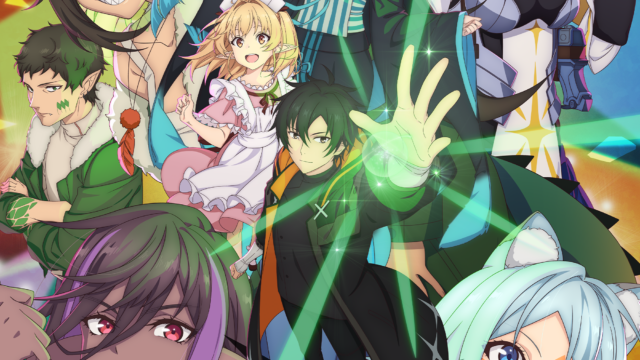
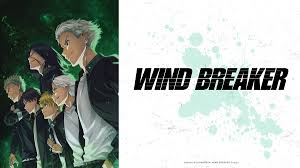
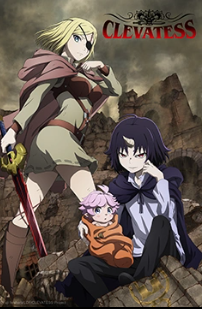
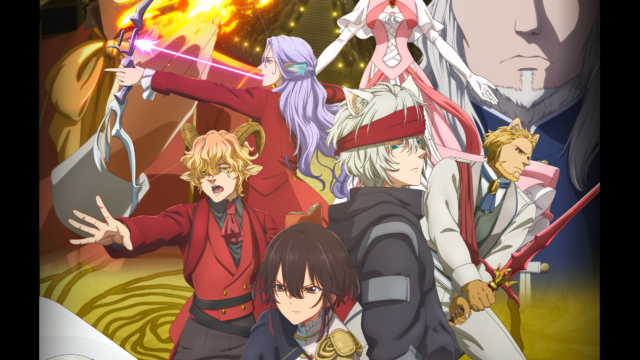
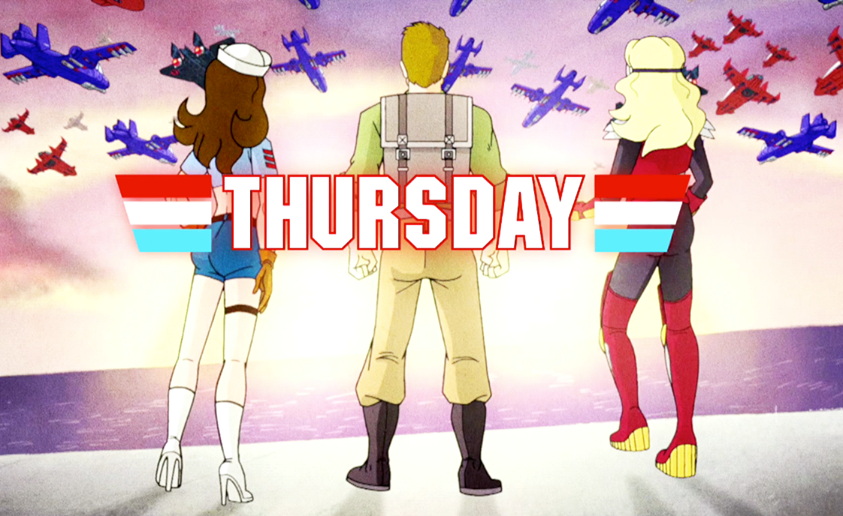











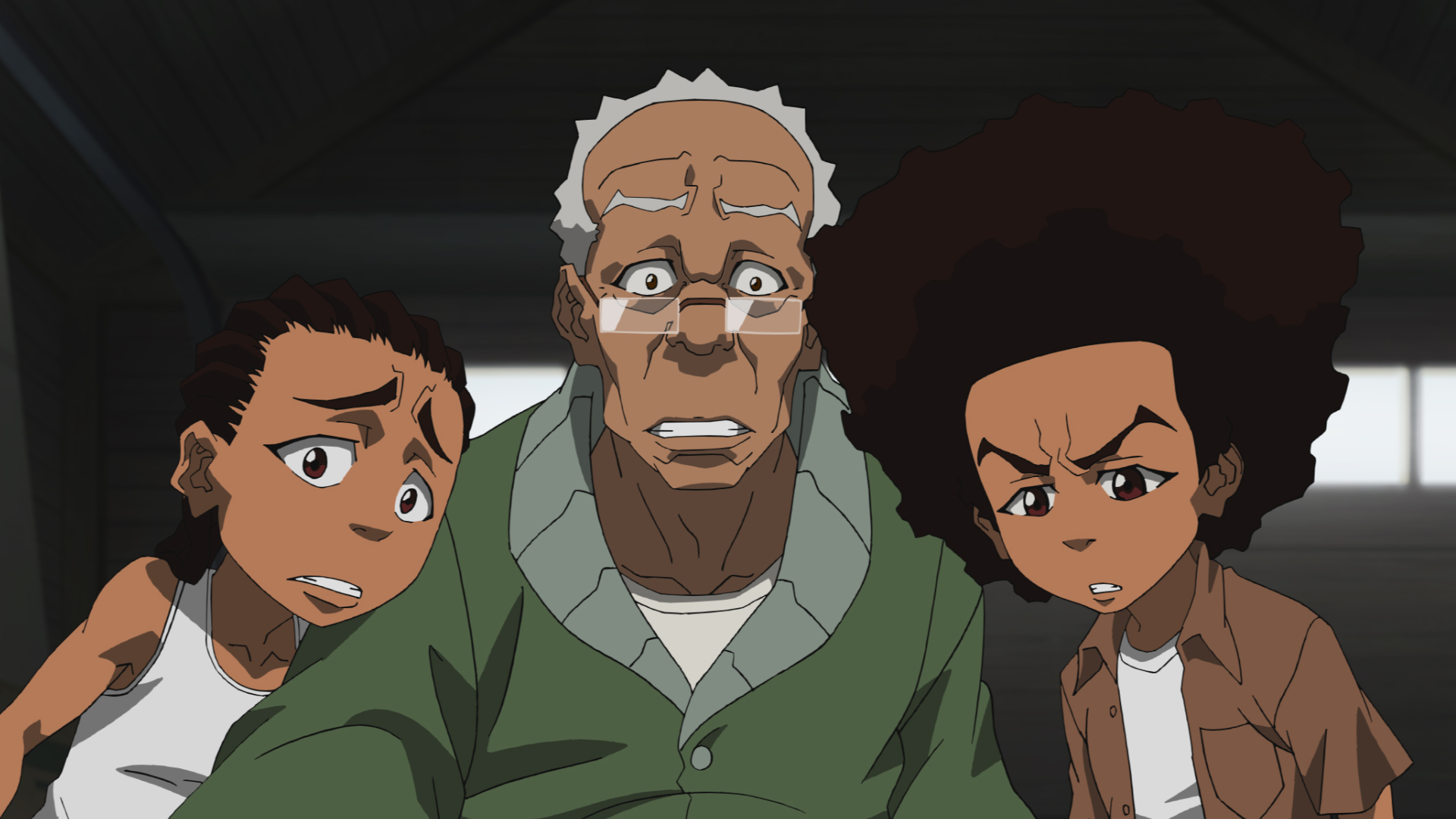







"There are also other characters that come and go (also owned by the Warner Bros. Discovery conglomerate media company)."
Huh. Is that just referring to other characters from the show itself, or is this implying that the new season is going to have cameos from other WBD IPs